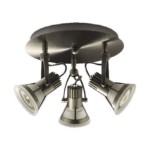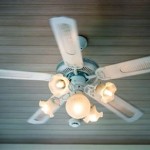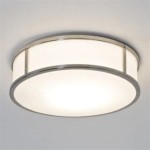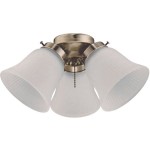Best Way To Light A Room Without Ceiling Fans
Lighting plays a crucial role in creating a comfortable and inviting atmosphere in any room. Proper lighting not only illuminates the space but also affects mood, productivity, and overall well-being. When a room lacks ceiling fans, alternative lighting solutions become essential to ensure adequate illumination. Several key aspects should be considered to achieve optimal lighting in such spaces.
This article delves into the essential aspects to consider when illuminating a room without ceiling fans. By understanding these aspects, you can create a well-lit and functional space that meets your specific needs and preferences.
1. Natural Light
Natural light is the most efficient and cost-effective way to illuminate a room. Large windows and skylights allow ample sunlight to enter, reducing the need for artificial lighting during the daytime. Positioning furniture and arranging window treatments strategically can maximize natural light penetration while minimizing glare.
2. Ambient Lighting
Ambient lighting provides general illumination throughout a room. This can be achieved through a combination of ceiling-mounted light fixtures, wall sconces, or floor lamps that emit a diffused, even light. Ambient lighting should provide sufficient brightness for general activities like walking around or reading.
3. Task Lighting
Task lighting is designed to illuminate specific areas where detailed work or activities are performed. Desk lamps, floor lamps with adjustable arms, or under-cabinet lighting can provide focused lighting for tasks such as reading, cooking, or working on a computer.
4. Accent Lighting
Accent lighting highlights specific features or objects in a room, creating visual interest and depth. Picture lights, spotlights, or recessed lighting can be used to showcase artwork, plants, or architectural details. Accent lighting should be used sparingly to avoid overpowering the ambient lighting.
5. Color Temperature
The color temperature of light bulbs affects the overall ambiance of a room. Warm light (2700-3000K) creates a cozy and intimate atmosphere, while cool light (4000-5000K) promotes alertness and productivity. Choose color temperatures based on the desired ambiance and specific activities that take place in the room.
6. Dimmers and Controls
Dimmers and lighting controls allow you to adjust the brightness and color temperature of lights to create different moods and atmospheres. This flexibility is particularly useful in rooms where multiple activities occur, such as living rooms or bedrooms.
7. Energy Efficiency
Consider the energy efficiency of light bulbs and fixtures to reduce energy consumption and costs. LED bulbs are highly energy-efficient and last longer than traditional incandescent bulbs. Energy Star-rated fixtures also meet specific energy efficiency standards.

Low Ceiling Lighting Ideas For Your Home Designcafe

3 Best False Ceiling Lights You Can Use To Create Better Ambience

Ceiling Fans Without Lighting With No Light Kits For Your Home Delmarfans Com

Home Office Ceiling Lighting Ideas Designing Idea

How To Replace A Light Fixture With Ceiling Fan Projects By Peter

How To Wire A Ceiling Fan With Light 5 Diy Methods

Find The Best Ceiling Fan For Your Home Destination Lighting Flip Switch

Yuhao Modern Farmhouse 52 In Low Profile Ceiling Fan With 3 Solid Wood Blades Dc Reversible Motor Without Light Yh1073nbr52 The Home Depot

Choosing The Right Ceiling Fan For Bedrooms Cherished Bliss

Ceiling Fan Size Guide Delmarfans Com
Related Posts








